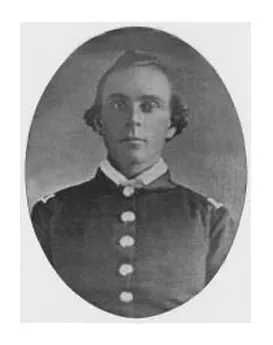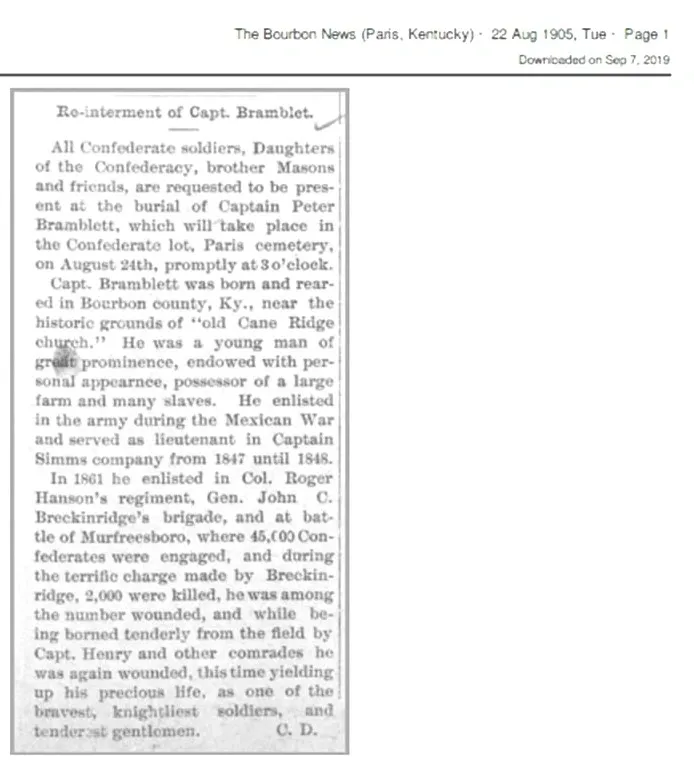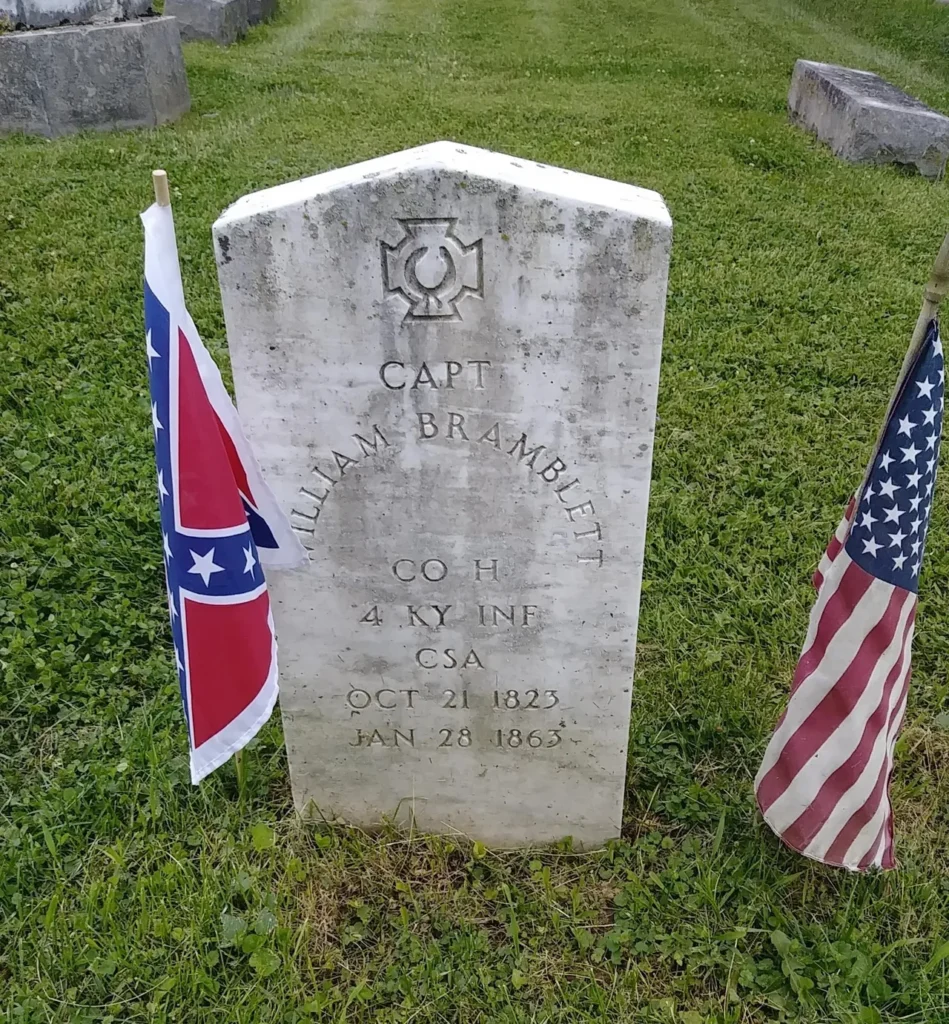
Masonic Brothers in Arms at Stones River?
On this date 160 years ago, December 31, 1862, Union & Confederate forces clashed just to the northwest of Murfreesboro, Tennessee. The battle, known as the “2nd Battle of Murfreesboro”, or the “Battle of Stones River” to the South, was a significant engagement of a combined force of over 78,000 troops.
Forty-three thousand four-hundred Union troops under the command of newly appointed commander of The Army of the Cumberland General William Rosecrans engaged thirty-five thousand Confederate troops in The Army of Tennessee under the command of General Braxton Bragg.
The Battle lasted for three days in some of the harshest conditions imaginable as temperatures in Middle Tennessee plummeted to levels not seen there for over 30 years prior.
The battle has the distinction of having the greatest percentage of casualties of any major battle of the war, with both sides suffering tremendous loses, and as the 2nd bloodiest battle in the war west of the Appalachians.
Much has been written about the battle, but I’d like to share a little-known story that has become somewhat legendary in my hometown of Paris, Kentucky.
One of the combatants on the battlefield was a man from the historic Cane Ridge area of Bourbon County, Kentucky named William Peter Bramblett.
Bramblett, a Captain in the 4th Kentucky Infantry, CSA, had previously served with the U.S. Army in the Mexican War, and prior to the War Between the States was a member of the Flat Rock Grays, a local militia group made up of men with Southern sympathies.
Like many men of the mid-19th century, Bramblett was a Freemason, and was in fact the first Master of Hope Lodge #246 F&AM in Flat Rock (now Little Rock), Kentucky in 1852. To this day his portrait hangs in the lodge, as a tribute to a venerated member of the community and the fraternity.
During the final day of fighting on January 2nd, 1863, Capt. Bramblett was struck in the chest and again through the leg while being carried from the field after Breckinridge’s Charge.

A Union surgeon named F.G. Hickman stated in his report: “About midnight there was a wounded Confederate officer brought to the field operating tent in which I was engaged as assistant surgeon, and he was laid just outside the tent. After many hours Dr. Walton, of Kentucky, who was in charge, said to us: “We will not do any more work tonight”. Just then we heard an exclamation from this officer, and I insisted that he be brought in, and his wounds dressed. This was done and he asked me if his wounds were fatal. I told him that the chances were greatly against him. He was shot through the chest and the leg. He was carried to a shed nearby and laid on some unbaled cotton. I gave him some water and brandy. The night was very cold; I got an order for a pair of blankets and placed them over him…in the morning…he was sent to Nashville very early. He was Captain Peter Bramblett, Second Kentucky Infantry.”
Surgeon Hickman was later moved to Nashville where he was placed in charge of a prison hospital there, where wounded Confederate soldiers and Union soldiers who were under arrest were cared for.
Capt. Bramblett succumbed to his wounds on January 28th,1863, twenty-six days after breing wounded and cared for by Dr. Hickman. One day he read an obituary in the newspaper that Capt. Bramblett had died.
He later relayed how he learned more details of Bramblett’s death: “Mrs, Payne, a frequent visitor at the hospital, related to me that she had cared for several Confederate soldiers, one of who was Capt. Bramblett, who had died at her house. She said that when he was about to die she concluded to remove the coarse blankets, and replace them with neater ones, that he caught her hand and said; ‘No, do not remove those blankets, for they saved my life at Stones River. They were placed over me that cold night by the hand of an enemy, but a brother. You may come across him sometime, and if you should, tell him I died under the blankets he placed over me that night.’ She sent them to his parents in Paris, Ky.”
One can only conclude that the reference made by Capt. Bramblett that “a brother” had placed the blankets over him was a Masonic one. Although not specified in the surgeon’s report, it is a well-known bit of local lore that on a bitter cold January night, the hand of Masonic Fellowhip was extended from one brother to another, as all Masons are sworn to do.
Submitted by: Blaine K. Price, Historian. Family Tree Nuts


